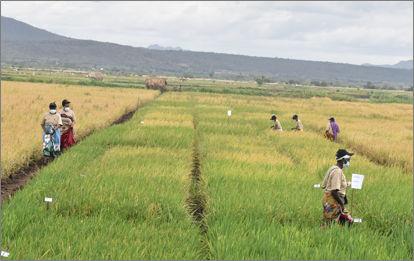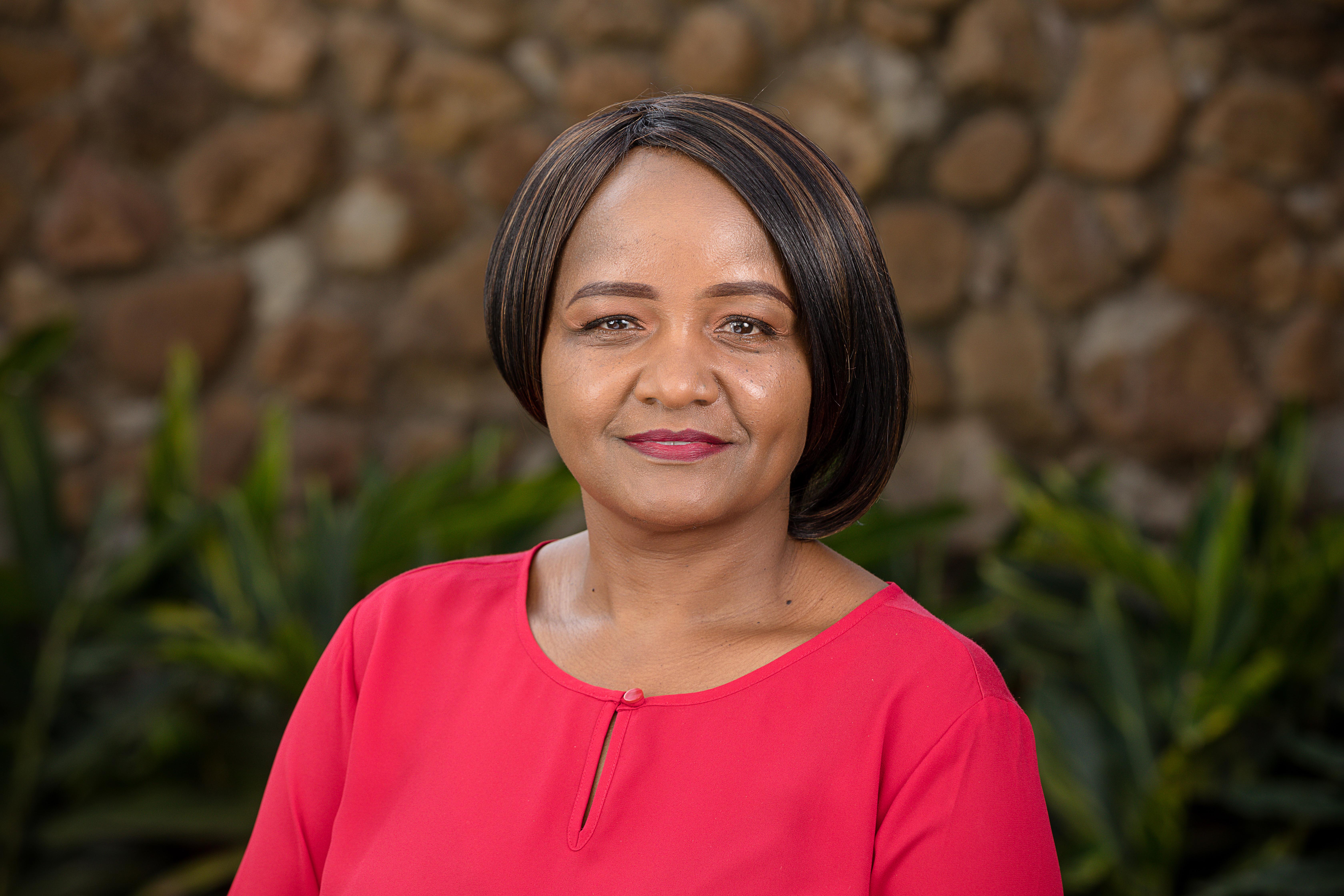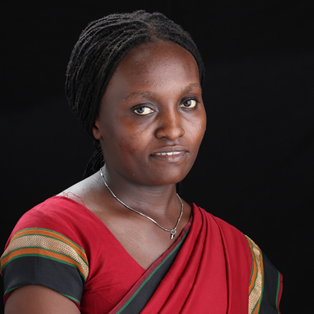AATF, the Tanzania Agricultural Research Institute (TARI), and Hybrid East Africa Limited (HEAL) conducted a second season on-farm multilocation trial (MLT) to evaluate four rice hybrids for adaptability and performance in comparison to the three best commercially released rice inbreds in Tanzania across five locations: Babati, Ukiriguru, Kilombero, Morogoro and Mombo in July 2021.
The four rice hybrids were among six hybrids evaluated during the first season MLTs concluded in December 2020. Data from the trial indicated that the four rice hybrids yielded 8.1 tons/ha compared to 7.6 tons/ha for the inbred rice variety. In addition, the best hybrid matured nine days earlier.
The process of selecting the best performing varieties started in August 2020 where 150 farmers were engaged in a Participatory Variety Selection (PVS) that allowed them to select and rank their most preferred rice hybrids based on yields, early maturity, grain size and shape, milling quality, disease resistance, aroma among other qualities.
The four best performing hybrids were ranked among the top five most preferred hybrids by farmers and were advanced to the second season of MLTs that were planted in May 2021 in the five trial sites. It is expected that the trial will be concluded in by end 2021 and the promising hybrids will be registered for testing in National Performance Trials (NPTs) and for Distinctness, Uniformity and Stability (DUS) in collaboration with the Tanzania Official Seed Certification Institute (TOSCI).
Commercial release of the new early maturing, high yielding hybrid rice varieties into the Tanzanian market will provide farmers with an opportunity to significantly increase rice productivity and rapidly propel the country towards rice self-sufficiency.
Speaking during a farmers’ field day held at Dakawa Township in Morogoro region, Dr. Jerome Mghase, manager of the TARI-Dakawa Center, said that despite being among the best rice producing countries on the continent, the production is still low due to shortage ofhybrid seed varieties.
During the 2019/2020 season, the country managed to increase its rice production from 2.2 metric tonnes to at least 4.4 metric tonnes.
According to Edith Kouko, the Project Officer for Hybrid Rice Project at AATF, the project is working with private seed companies and other partners along the rice value chain through Alliance for Hybrid Rice in Africa (AHyRA) to ensure professional development, promotion and sustainability of hybrid technologies towards rice sufficiency in Africa.
“Hybrid technology is one of the fastest means of achieving food security as increase in productivity has potential in meeting rapidly increasing consumption rates in Africa,” she said.




































































